David Dickinson
David Dickinson is a freelance science writer and long-time sky watcher. He has built telescopes and observatories, chased eclipses, and travels and observes with his wife, Myscha, on a mission to get ‘eyes on the sky’ worldwide. His books The Universe Today Ultimate Guide to Observing the Cosmos, The Astronomer’s Deep-Sky Field Guide and science fiction short stories are available here.
Recent Articles
-
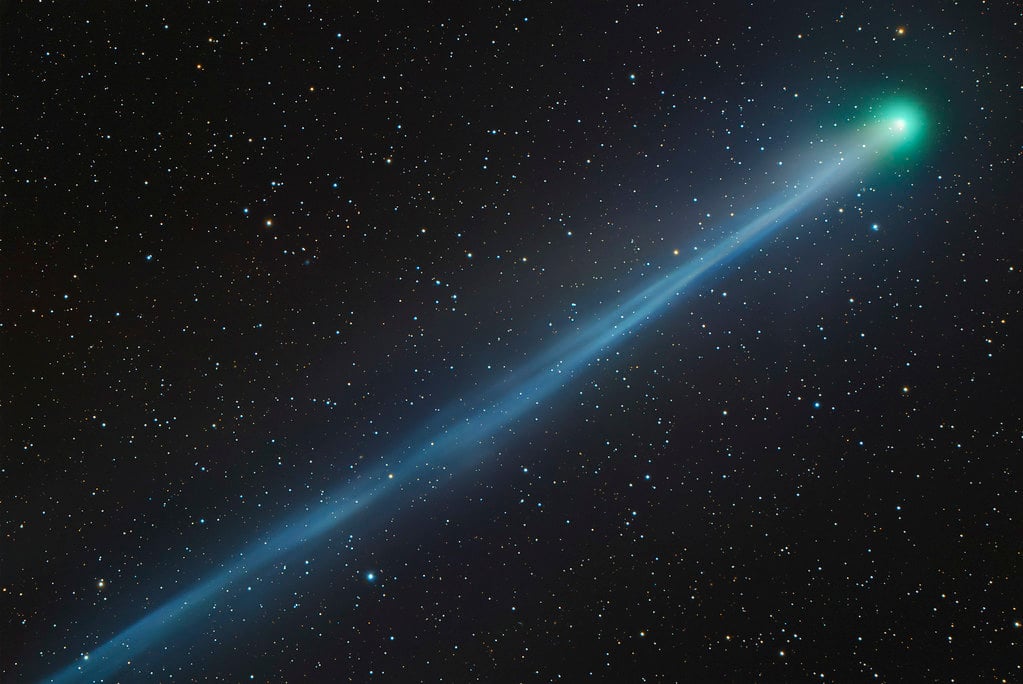
-
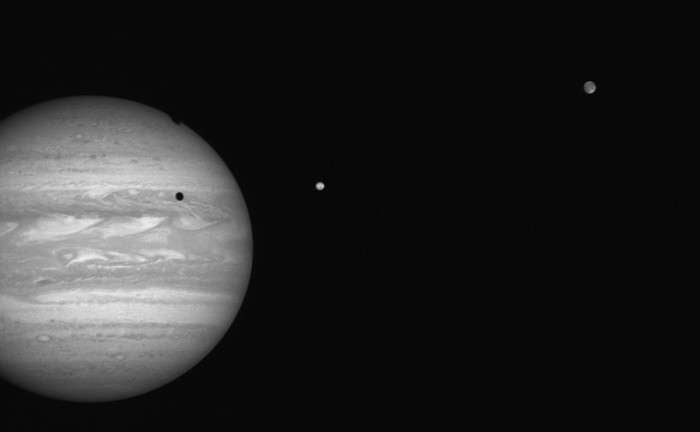
Catching the October Action With Jupiter’s Moons
October 03, 2025Jupiter and its moons are busy in October. If skies are clear, be sure to set your alarm and follow the largest planet in our solar system this month. While massive Jupiter always warrants a view through even a small telescope, its four major Galilean moons warrant special interest, as we’re in the midst of a season of rare double shadow transits.
-
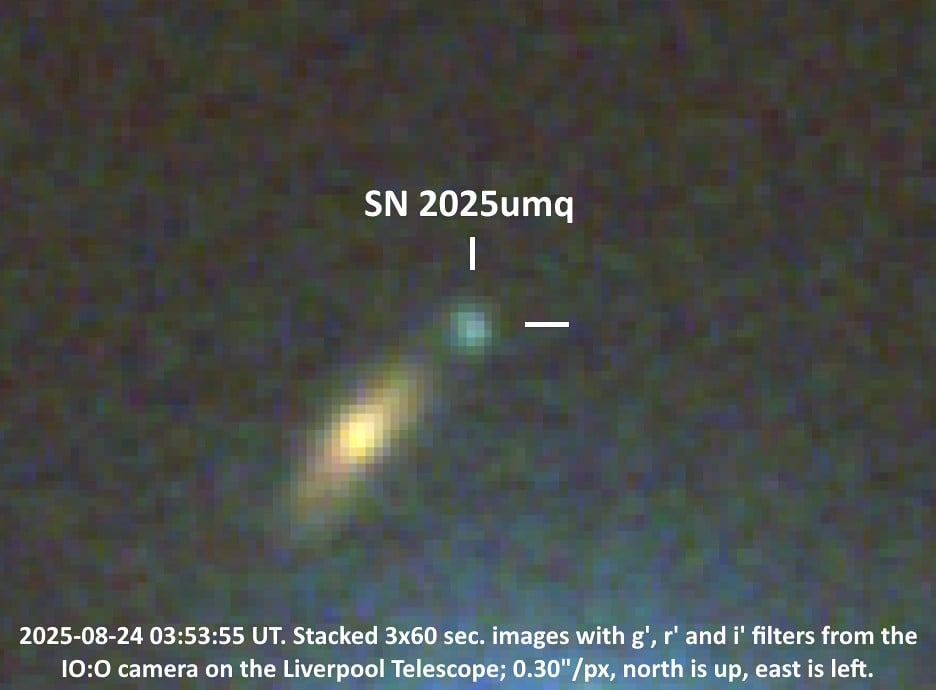
Dedicated Amateur Discovers Supernova in Remote Galaxy
October 01, 2025Astronomy is increasingly becoming an online affair. Recent discoveries of interstellar Comet 3I/ATLAS and R2 SWAN highlighted this fact, when both were first discussed on message boards and verified via remote telescopes before confirmation. Another recent find also shows what’s possible, as devoted amateur astronomer Filipp Romanov accomplished an amazing feat, and discovered a supernova in a remote galaxy.
-
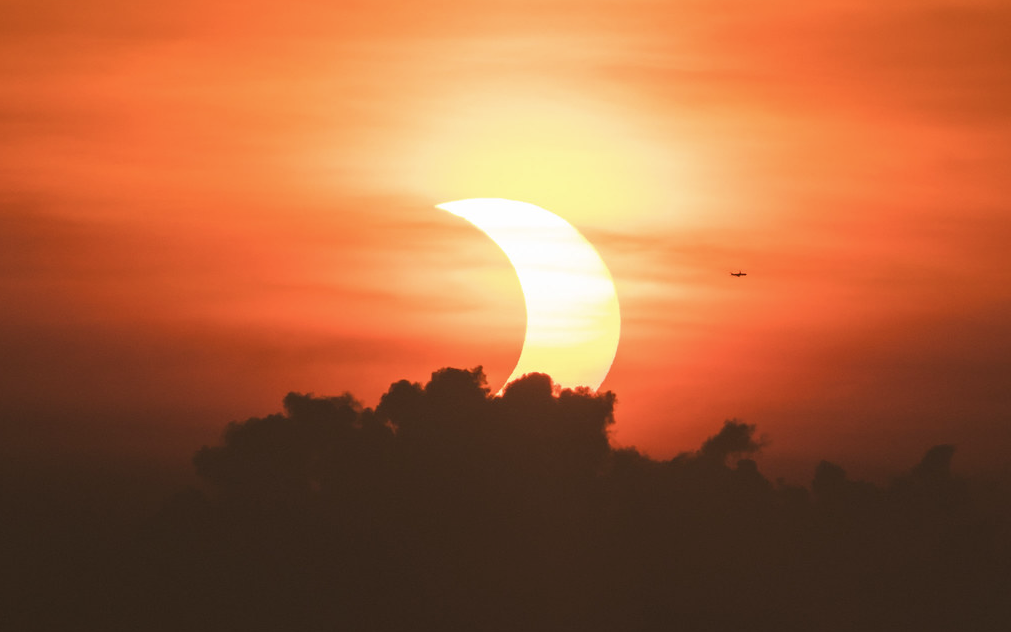
Catch a Far-Flung Partial Solar Eclipse This Weekend
September 18, 2025Subtle astronomical events can still produce memorable scenes, hidden away in distant locales. Such a spectacle goes down on Sunday/Monday, September 21st/22nd, with a partial solar eclipse. Although the eclipse only skims the southernmost portion of the South Pacific, viewers along the eastern coast of Australia, Antarctica and all of New Zealand will see an unforgettable sight, as a partially-eclipsed Sun rises out of the sea.
-
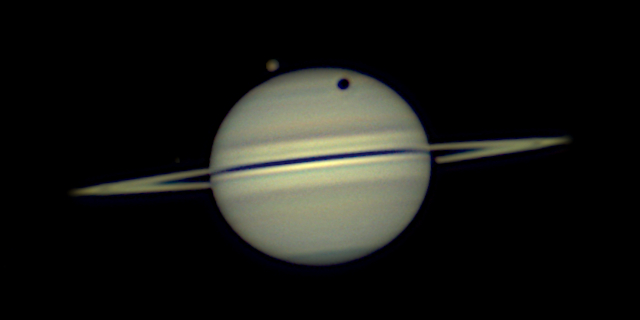
Saturn 'On Razor's Edge' at Opposition for 2025
September 17, 2025It seems like most of the planets have fled the evening scene. But that’s about to change this week. Saturn reaches opposition on Sunday, September 21st, passing closest to the Earth at just over 8.5 Astronomical Units (AU) or 1.3 billion kilometers distant, and rising opposite to the setting Sun. This marks the best time to view the ringed world, as it dominates the night sky from sunset until sunrise.
-
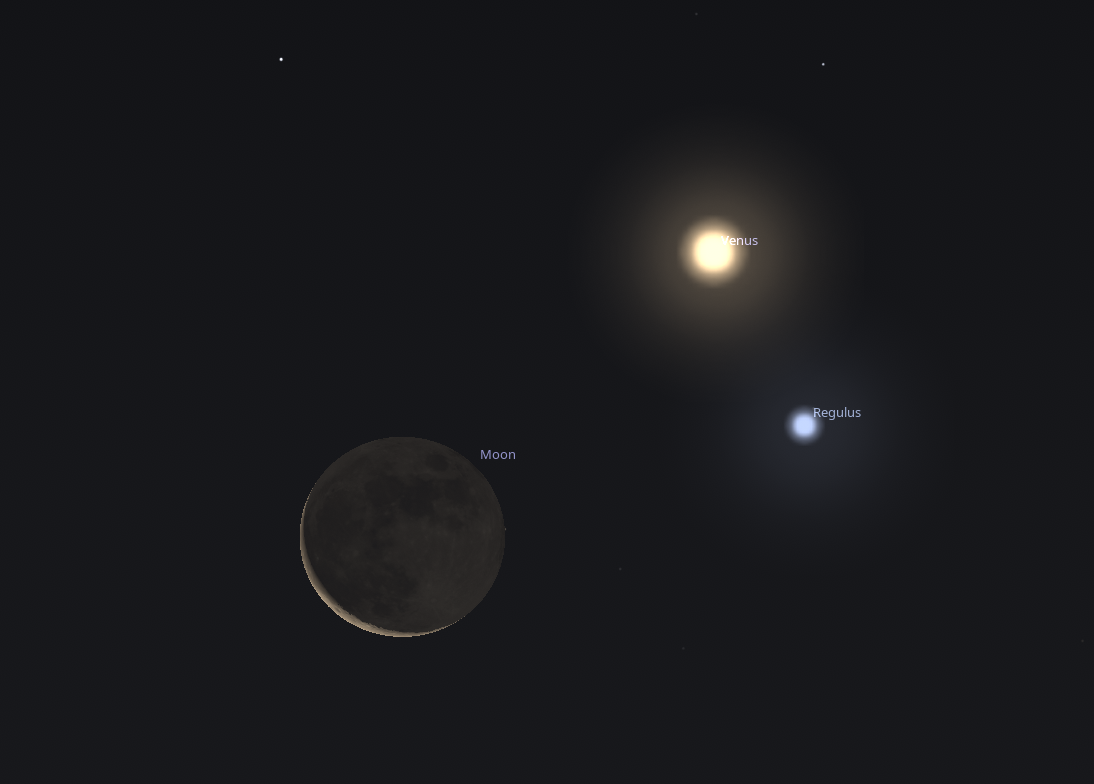
Rare Triple Conjunction Smiles at Dawn on September 19th
September 16, 2025Sometimes, it seems as if the Universe is literally smiling down upon us. If skies are clear this coming Friday September 19th, be sure to wake up early to catch a bizarre celestial scene as Venus, Regulus and the slim crescent Moon huddle together in the eastern dawn. This triple play is a complicated one, evolving one of the best conjunctions for 2025.
-
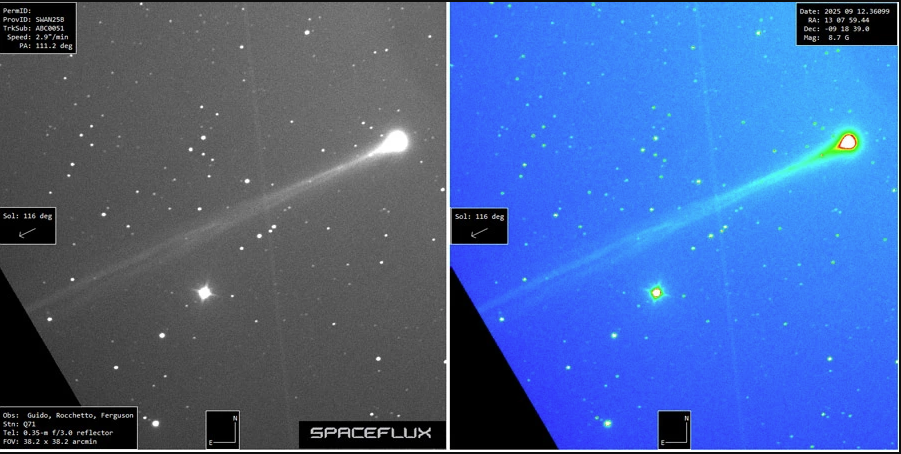
New Bright Comet SWAN Could Perform a Surprise October Show
September 15, 2025A new comet approaching from sunward could make a fine dusk appearance in October. There was chatter on the boards this past Friday September 12th, about a comet seen in the Solar Wind Anisotropies (SWAN) images near the Sun. Tentatively named SWAN25B and now formally designated as C/2025 R2 SWAN, this comet could put on a brief show in late September into October if it holds up.
-
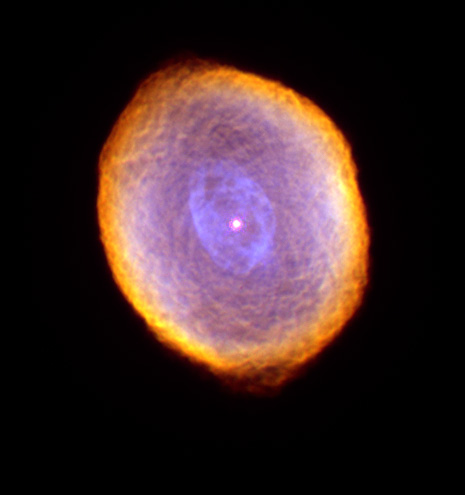
New Study Follows Planetary Nebula Through 130 Years of Evolution
September 12, 2025A study published in a recent edition of Astrophysical Journal Letters by researchers at the University of Manchester and Hong Kong University has charted the growth and evolution of IC418, spanning observations going all the way back to years after its discovery in the late 19th century.
-
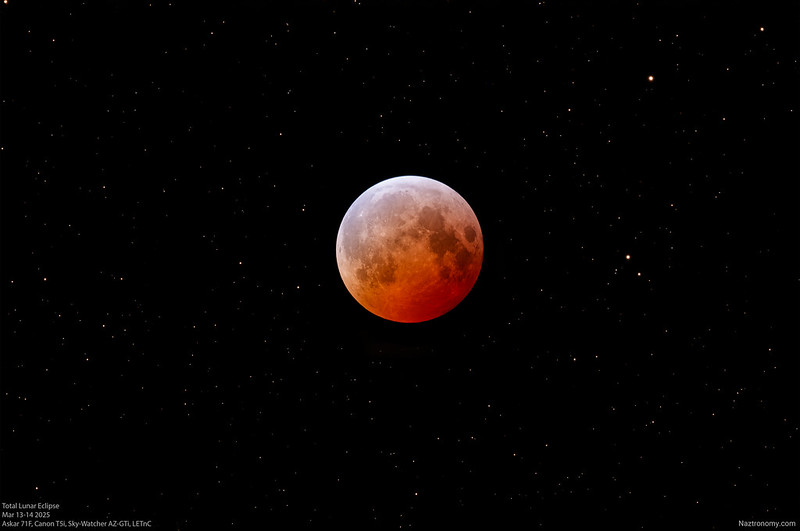
Catch the Final Total Lunar Eclipse of 2025 Sunday Night
September 04, 2025Live in the eastern hemisphere? If skies are clear, you have a chance to see a remarkable sight this Sunday night into Monday morning: the ‘Blood Moon’ of a total lunar eclipse. The eclipse favors the Indian Ocean region in its entirety. Europe sees the eclipse already underway at Moonrise, while Australia catches it in progress at Moonset. Only the Americas sit this one out in person... though you can still catch it live online.
-
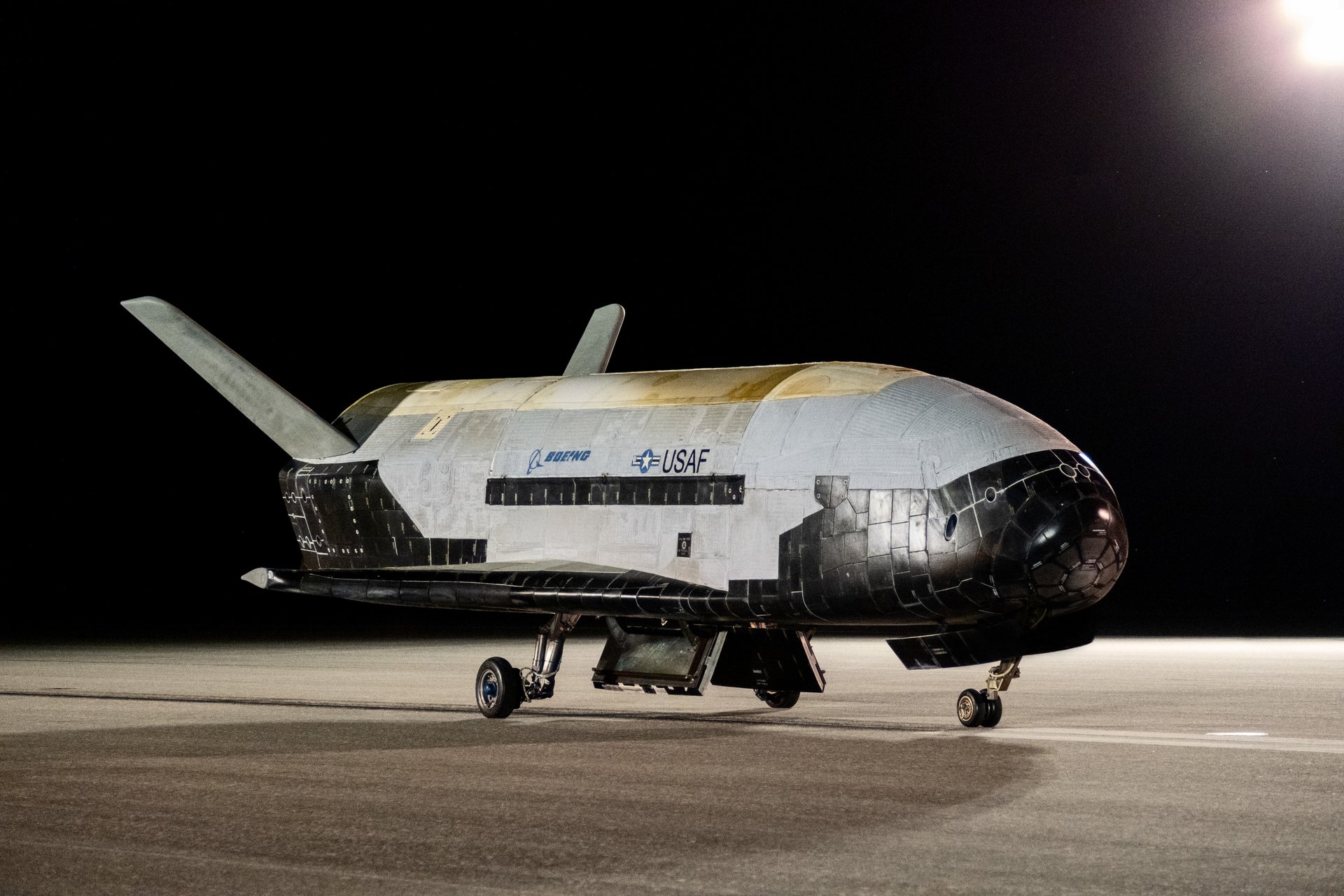
SpaceX to Launch Secret X-37B Space Plane Thursday
August 20, 2025The hunt will be on shortly, to once again recover a clandestine mission in low Earth orbit. SpaceX is set to launch a Falcon-9 rocket from launch pad LC-39A at the Kennedy Space Center Thursday night August 21st, with the classified USSF-36 mission. The U.S. Space Force has announced that this is the eighth mission for its fleet of two Orbital Test Vehicles (OTV-8). This is the automated ‘mini-space shuttle’ about the size of a large SUV that launches like a rocket, and lands like a plane.
-
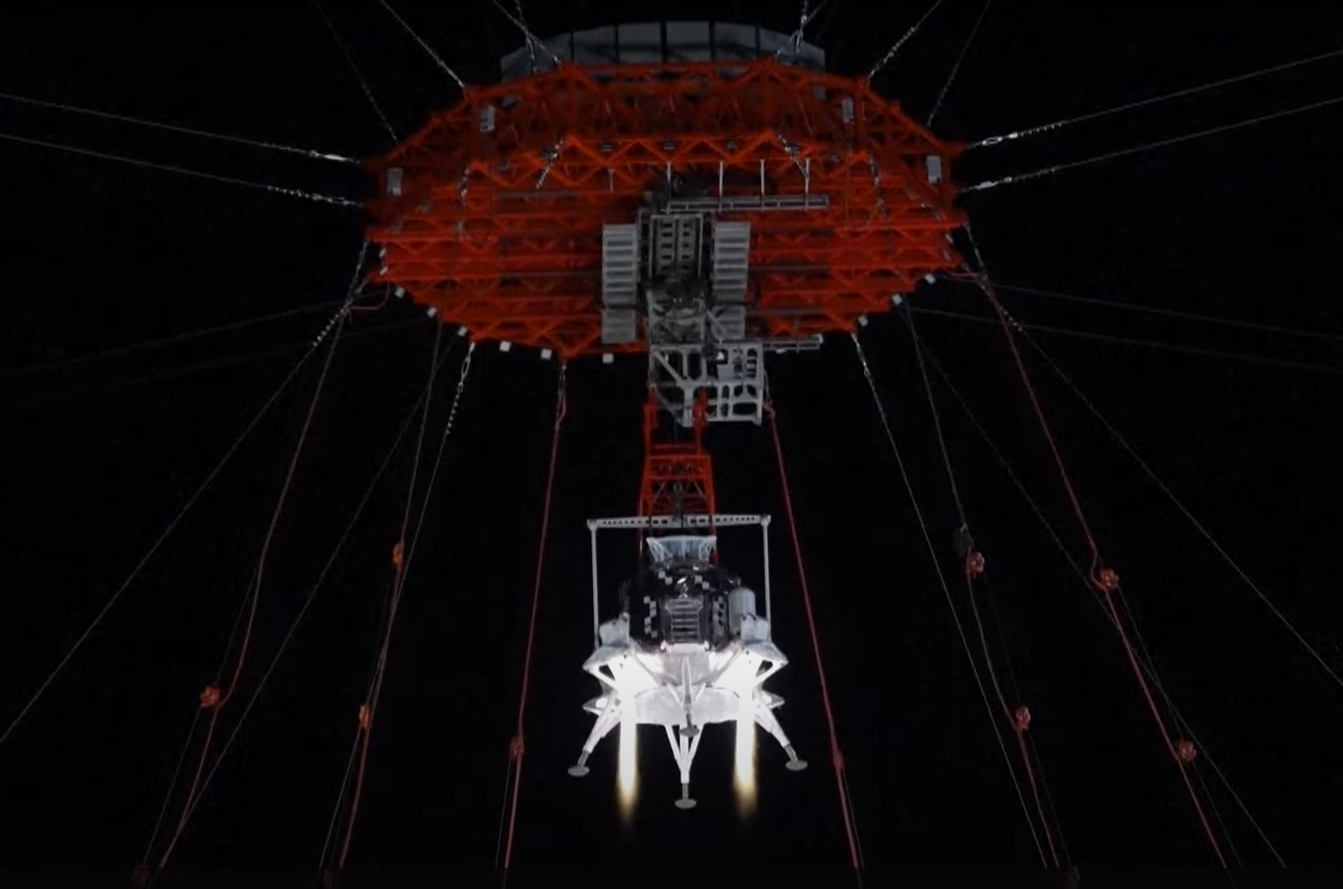
China’s Crewed Lunar Lander Passes Key Test Milestone
August 15, 2025China took a step closer to the Moon, with the first short test for their crewed lunar lander. The test was completed on Wednesday, August 6th at a facility in China’s northern Hebei Province, and lasted just under 30 seconds. The tethered test successfully demonstrated the integration and performance of key systems, simulating descent, guidance, control and engine shutdown. This marks the first test for a China’s Manned (crewed) Space Agency (CMSA’s) human-rated lander.
-
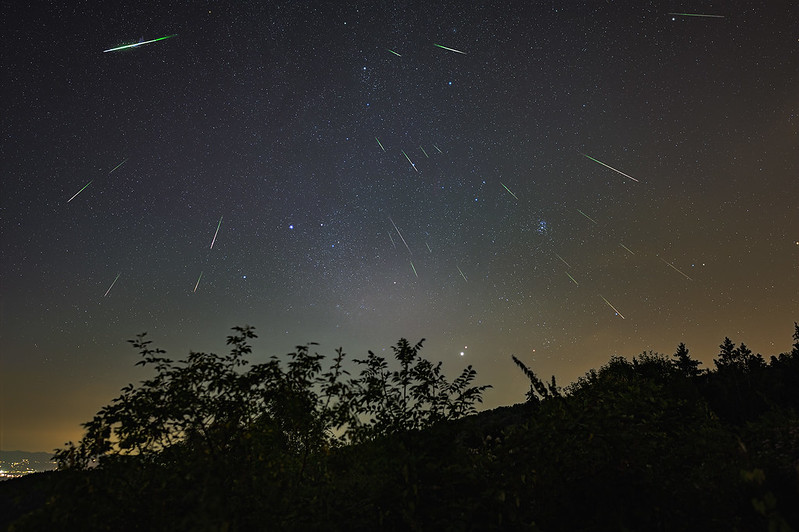
See the August Perseids Battle the Waning Moon
August 08, 2025It’s that time of year once again. August sees warm nights, with late summer campers out awaiting that ‘Old Faithful’ of annual meteor showers: the August Perseids. While 2025 also sees the shower peaking right around Full Moon, don’t despair; with a little bit of planning and patience, you can still catch this shower at its best.
-
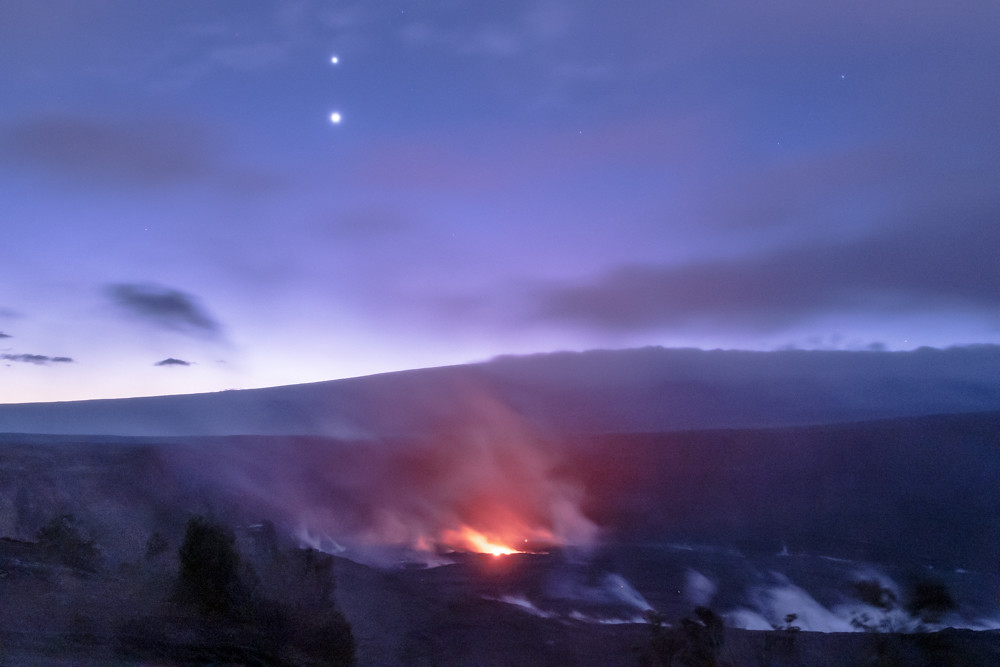
See Venus Meet Jupiter in the Dawn Sky
August 06, 2025August sees all of the naked eye worlds excepting Mars hiding in the dawn. Set your alarm, and you can uncover Mercury through Saturn all in the dawn twilight sky, crowned with a fine close conjunction of Jupiter and Venus on Tuesday, August 12th. You can see the changing scene each morning starting this weekend, as the two get ever closer from one morning to the next.
-
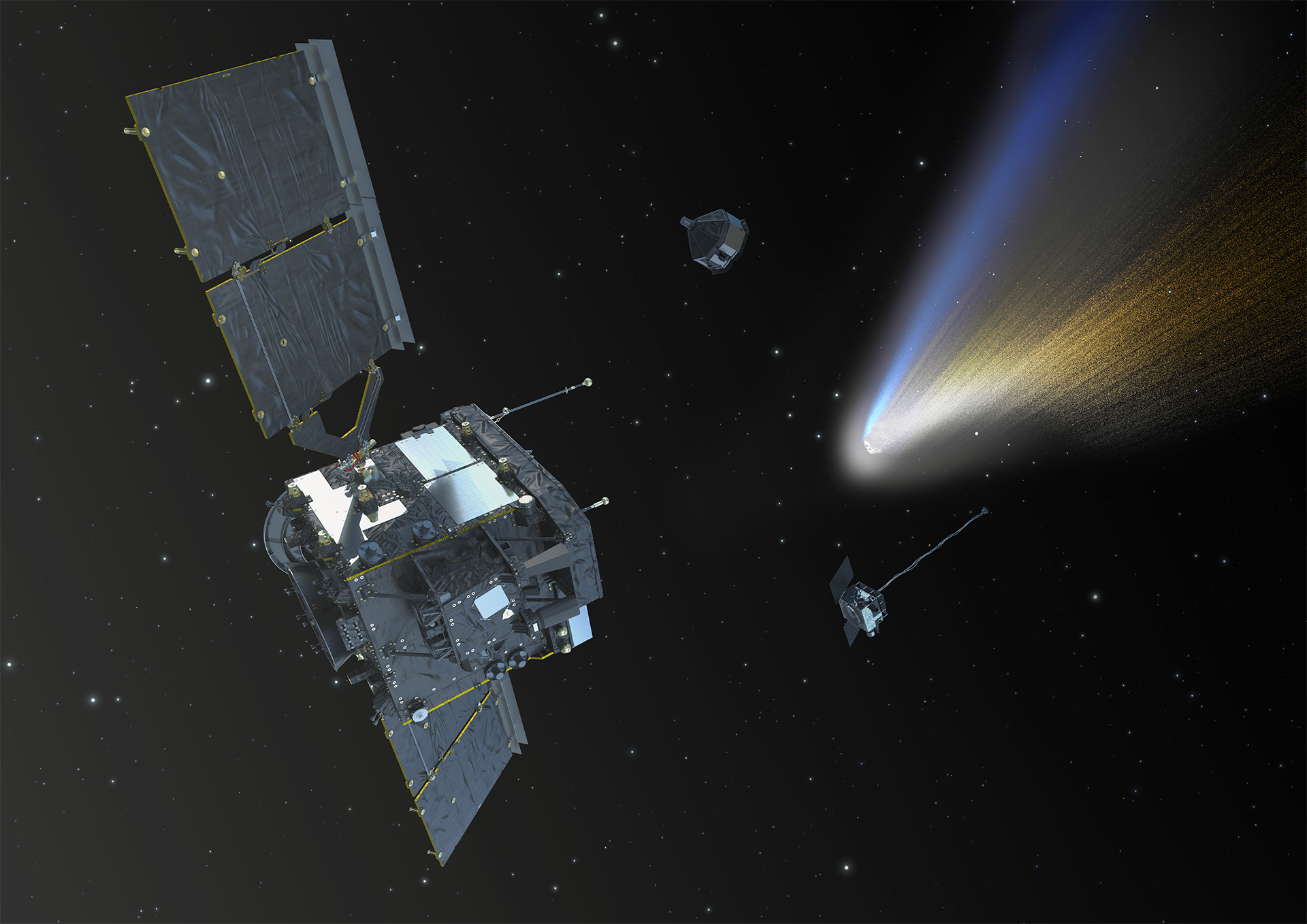
Could We Launch a Mission to Chase Down Interstellar Comet 3I/ATLAS?
August 01, 2025It’s a tantalizing prospect. Since 2017, three interstellar objects have been spotted passing through our solar system: 1I/ʻOumuamua, 2I/Borisov… and just this month, 3I/ATLAS. Discovered on July 1st by the Asteroid Terrestrial-impact Last Alert Survey, 3I/ATLAS is zipping through the inner solar system in the last half of 2025. Certainly, all assets on the ground and in space will be turned towards 3I/ATLAS over the next few frenzied months, to glean what we can… but what would 3I/ATLAS look like up close? Can we even consider chasing down such a speedy visitor?
-
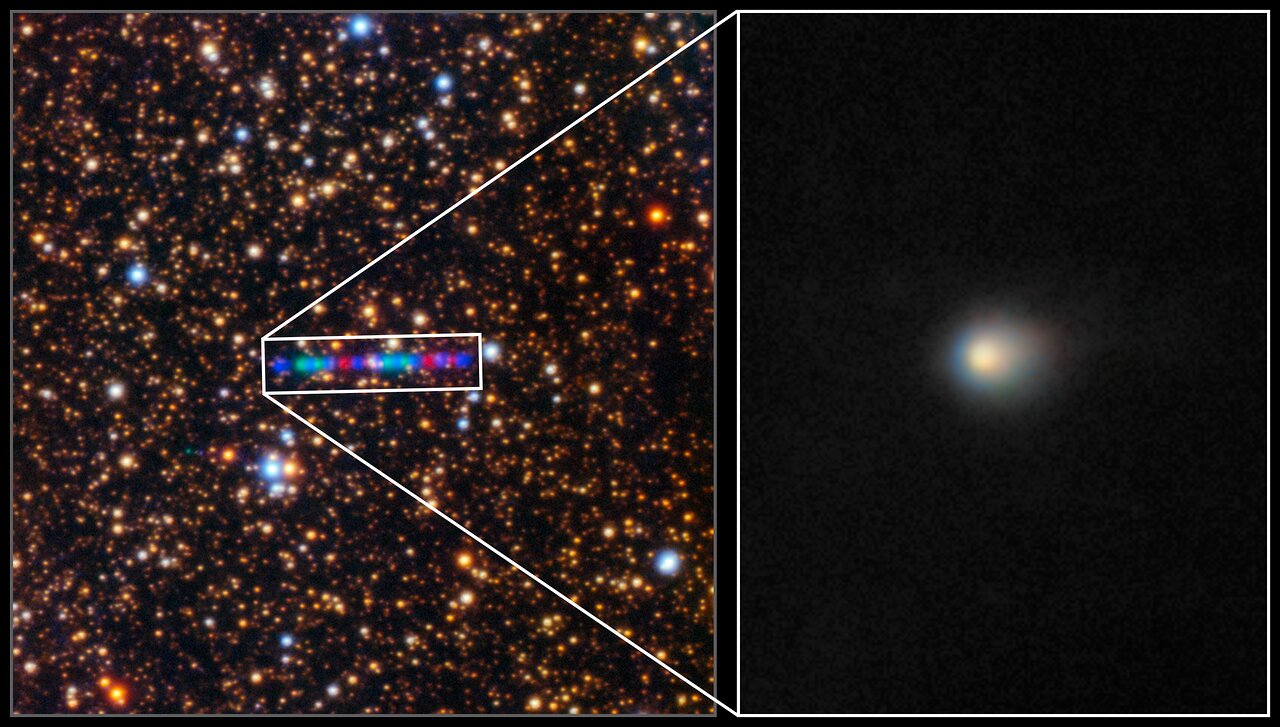
Gemini North Sees Brightening Interstellar Comet 3I/ATLAS in Detail
July 18, 2025We’re getting better views of interstellar Comet 3I/ATLAS, as it makes its speedy passage through the inner solar system. This week, astronomers at the Gemini North observatory located on Mauna Kea in Hawai’i turned the facility’s enormous 8.1-meter telescope on the object, with amazing results.
-
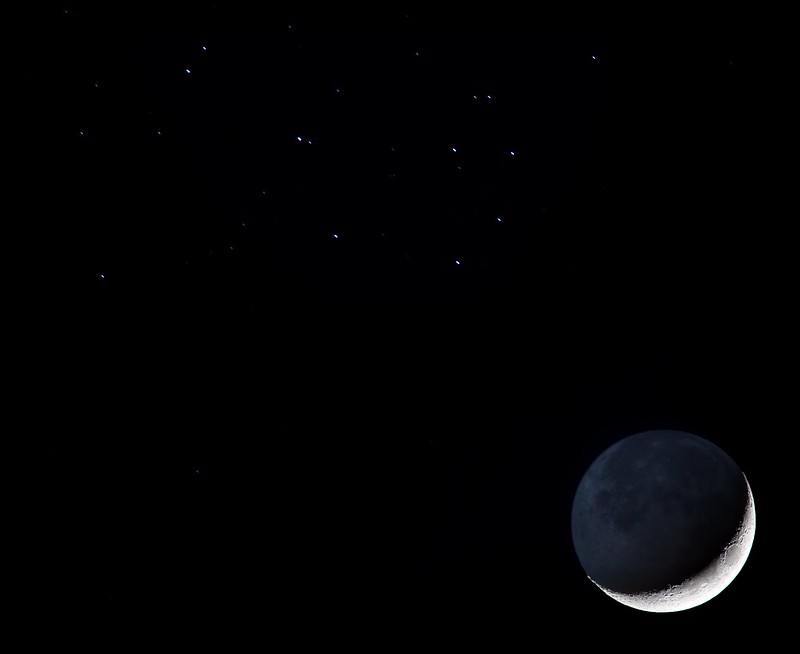
Watch the Moon Occult the Pleiades for North America on the Morning of July 20th
July 17, 2025There’s a good reason for sky watchers to set their alarms this coming Sunday morning. If skies are clear, viewers across most of North America will have a rare chance to see the waning crescent Moon occult (pass in front of) the Pleiades open star cluster.
-
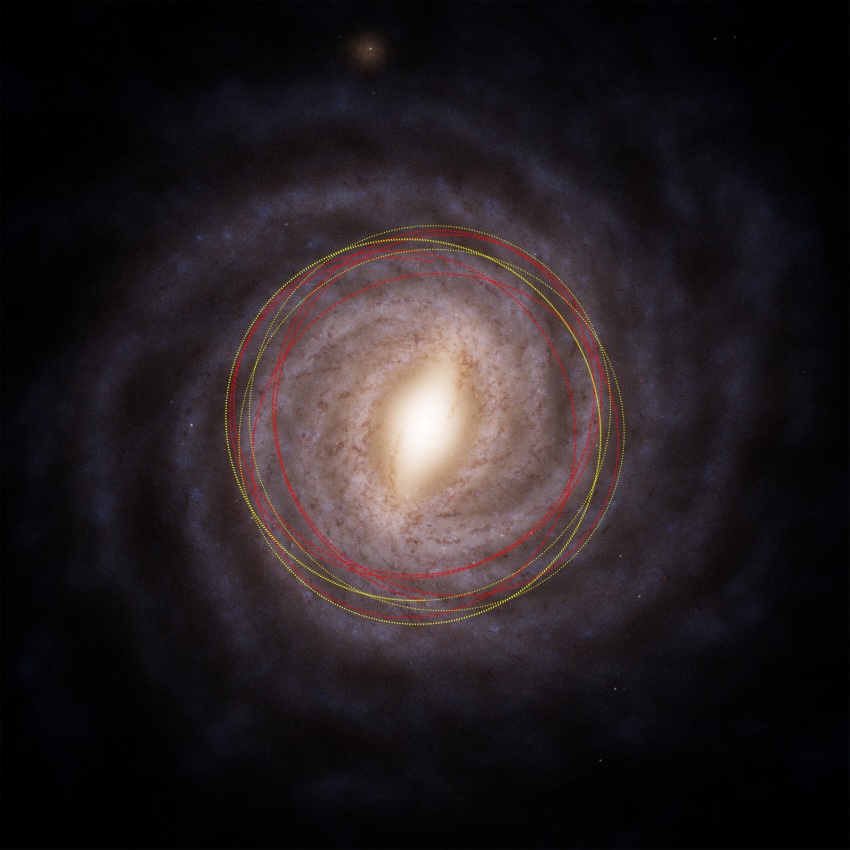
Newly-Discovered Interstellar Comet is Billions of Years Older Than the Solar System
July 15, 2025All eyes are on the newly discovered interstellar object 3I/ATLAS, currently inbound to the inner solar system. Initial observations have revealed that it's rich in water ice, and it's believed that it originated from the Milky Way's thick disk, ancient stars that orbit above and below the galactic plane. This could mean that 3I/ATLAS is billions of years older than the Solar System, the oldest comet ever discovered. It should reveal more as it heats up and outgasses as it gets closer to the Sun.
-
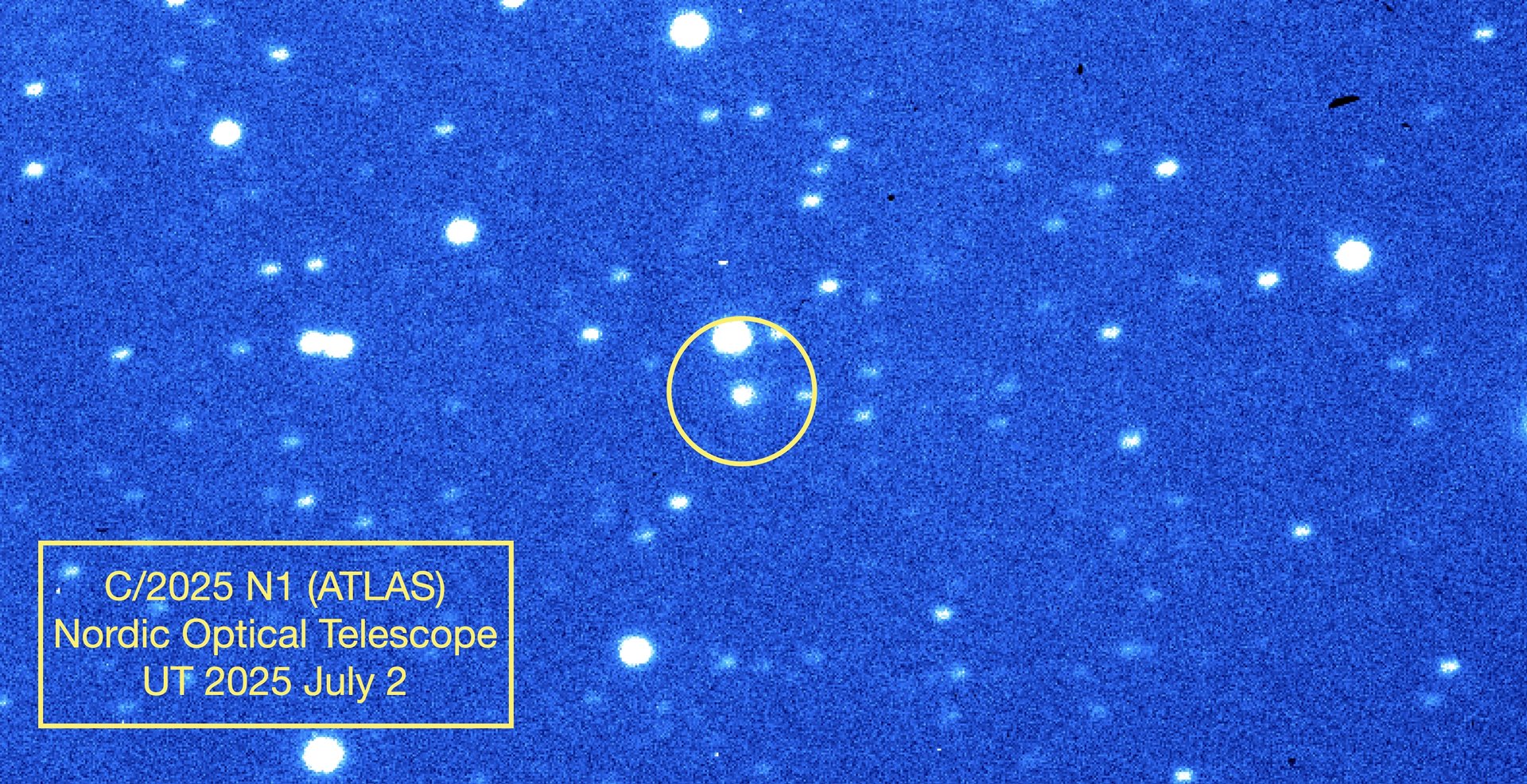
Spotting New Interstellar Comet C/2025 N1 ATLAS
July 11, 2025It’s the question of the hour. On the first day of the month July 1st, the Asteroid Terrestrial-impact Last Alert System (ATLAS) station at Río Hurtado, Chile spotted an interstellar interloper, which would receive the official designation C/2025 N1 ATLAS or 3I/ATLAS. The ‘I’ is a rare ‘interstellar’ designation, only the third such object known of after 1I/ʻOumuamua and 2/I Borisov. But can we see it? Such a spectacle as actually seeing an interstellar comet would be a true rarity to cross off your skywatching life list.
-
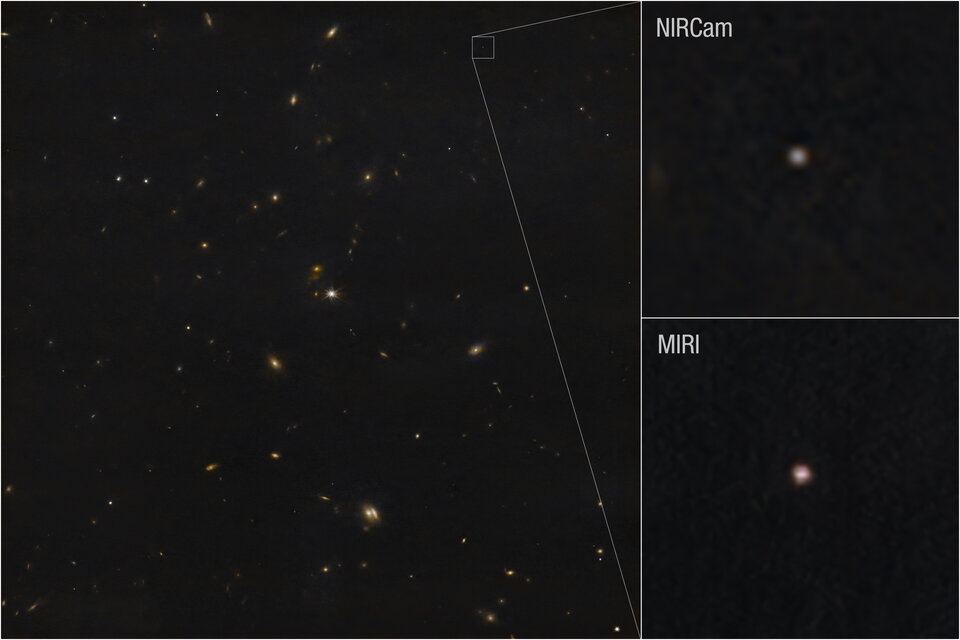
Will YR4 Hit the Moon? We Won't Know Until 2028
July 04, 2025Earlier this year, asteroid 2024 YR4 was discovered and found to have a trajectory through the Earth/Moon system in 2032. The world's telescopes focused on the potential threat and downgraded the chance to negligible for the Earth...but it still has a non-zero chance of hitting the Moon. As the asteroid became too dim to continue observing, its Moon impact chance stood at 4%. When will we update this number? Not until it does another close flyby in 2028.
-
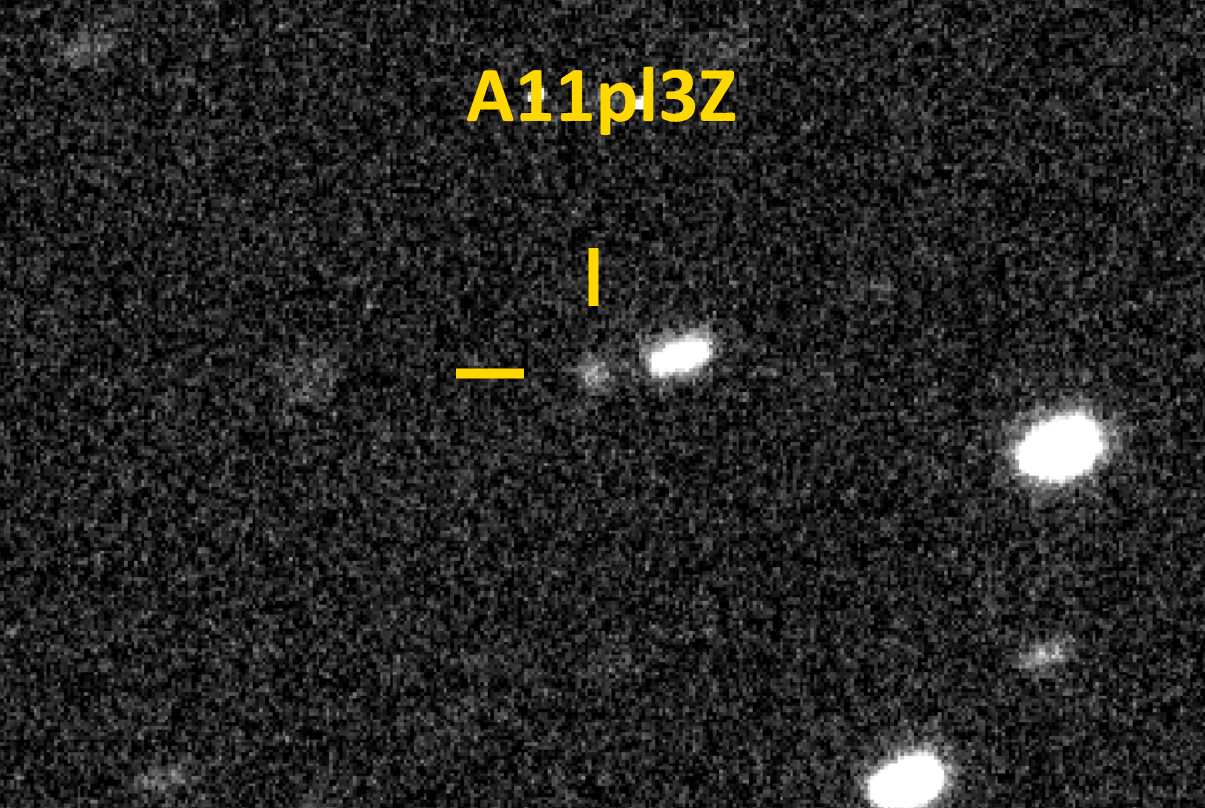
Inbound: Astronomers Discover Third Interstellar Object
July 02, 2025A newly discovered object may give astronomers an opportunity to study an interstellar visitor like never before. The object (A11pl3Z) is currently at +18th magnitude, moving slowly along the border of the constellations Serpens Cauda and Sagittarius, right near the galactic plane. The object was captured on July 2nd by the Deep Random Survey remote telescope in Chile. The Asteroid Terrestrial-impact Last Alert System (ATLAS) based in Rio Hurtado made the discovery on July 1st. Sam Deen soon backed this up with pre-discovery images from worldwide ATLAS sites in Chile, Hawaii and South Africa from June 25-29.
 Universe Today
Universe Today